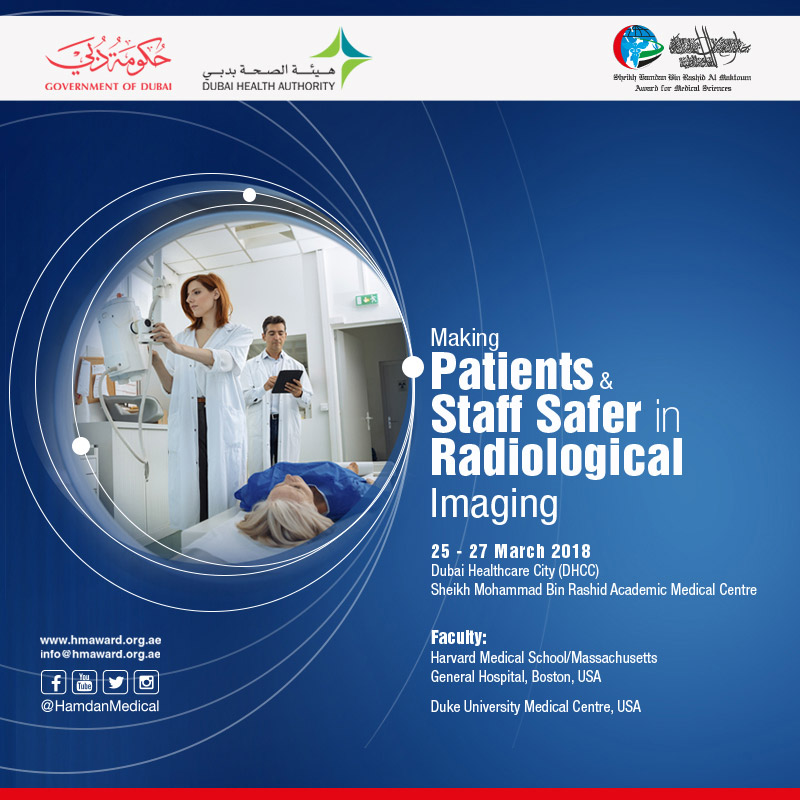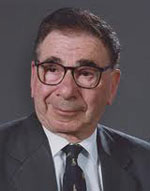Sir Roy Yorke Caine
International Awards
Hamdan Award for Medical Research Excellence
- Organ & Tissue Transplantation
2007-2008
Sir Roy Yorke Caine, FRS (born 30 December 1930) is a fellow of the Royal Society and was Professor of Surgery at Cambridge University, 1965-98. He is a pioneer of liver transplantation and performed the first such operation in Europe in 1968. Much of his subsequent work focused on the improvement of immunosuppression techniques aimed at prolonging the life of liver transplant recipients. He was elected to the Royal Society in 1974 and knighted in 1986.
He trained at Guys Hospital in London and then began his research in organ transplantation in 1959 at the Royal College of Surgeons of England, where he described the first effective immunosupression for kidney transplantation, using a drug called 6-mecaptopurine.
In 1962 he first used a derivative of that drug in human patients, a treatment later adopted as standard. Sir Roy and his team also pioneered the use of cyclosporin A, the drug which was so successful in preventing rejection that transplantation of hearts, livers and lungs became common.
In 1965, when he became professor of surgery at the University of Cambridge, he started the kidney transplant program there, which has now performed more than 1,500 procedures.
In 1968, he started the first European liver transplant program, and he is also credited with the first pancreas and intestinal transplants in the United Kingdom.He is regarded as a specialist in pediatric liver transplantation.
He is also well known as an artist, and exhibitions of his paintings have been held in more than 10 countries since 1991. He became interested in portraying the image of transplantation after he became friends with the distinguished Scottish artist John Bellany, who had a liver transplant in his program in 1988. His paintings capture the more human side of his profession and have helped raise public awareness of the need for more organ donation.
In his book Art, Surgery and Transplantation, Sir Roy has written about the history of art and medicine and the natural link between surgeons and art.
"Both require careful planning, skill and technique and familiarity with the available tools and materials," he has written. "However, a bad image can be discarded without regret; a choice that is not available when dealing with the life of a patient. In both disciplines, the challenge to do better is always present, but perfection will never be achieved."
His portrait was painted by John Bellany R.A. in 1991 and was commissioned by the National Portrait Gallery.
Sir Roy Caine is an outstanding contributor to both experimental and clinical research and a pioneer in the field transplantation. Professor Caine played a major role in the development of azathioprine and subsequently cyclosporine and the introduction of both of these immunosuppressive into routine clinical practice.
Professor Caine pioneered the development of clinical liver transplantation through his work with Professor Starzl and by performing the first liver transplant in the UK.
Professor Caine's later work using Campath 1 H, a humanized monoclonal antibody targeting CD52, in a clinical study in kidney transplant also led the way for current practice of induction therapy as a strategy for depleting recipient leukocytes at the time of transplantation to enable the host immune system to repopulate in the presence of the donor allograft.
Professor Caine continues to play an active role in the field of transplantation through his collaborations with transplant centres worldwide, but in particular through his ongoing work in Singapore.
In summary Professor Sir Roy Caine's contributions to the field of transplantations has significantly impacted on new technique of induction therapy and he deserves the Hamdan Award for Medical Research Excellence in Organ & Tissue Transplantation for the term 2007-2008.

